Action plans are rubbish
I think we all know this; why? Because we have all created a plan after a workshop, planning session or something a little fancier like a retreat, where nothing has happened. Post-it notes get turned into a long list of steps that rarely appear after the first meeting.
What surprises me is that many either haven't yet learned of the evil within these innocent documents or haven't found an alternative, as ineffective plans are still being produced by their thousands daily.
So why does a list of actions kill action?
The first problem I see in many plans is what James Clear describes as Motion in his book Atomic Habits. Motion is when we do the work in preparation to take action—researching, analysing, and following up. This motion makes us feel like we are busy, active and doing what we said we would do but without any real progress to show for this effort. As a result, our motivation to continue wanes quickly and all effort is redirected to short-term wins fighting the immediate fires.
The next issue is our obsession with detail over direction. If the share price were linked to the number of post-it notes used to create the plan, there would be some very healthy growth and a lot less work for me. Goals get dissected, broken down, sub-divided, and before long, there is page after page of hopeful motion-inducing activity to follow up. Upon review, it creates this overwhelming sense of dread at the thought of having to plough through all this stuff to make any real progress, and the halfway point looks a long way away. Solving today's problem looks like a lot more fun.
The final nail in the life expectancy of these long-winded plans is change. And we know that the pace of change is only going one way. With this acceleration, there is a greater need for flexibility and adaptability to remain on course. While the strategy should endure the test of time, how we go about the work to get there will need to have the ability to flow with the pace and nature of the world in which we find ourselves.
To stay the course, we need just that, a course, a set of markers that indicate our progress but don't restrict our movement and don't prescribe every detail of the journey. If we establish clear and compelling milestones that ladder up to our three most important levers of change, the appropriate actions will flow guided by the next point of progress. This approach has its foundation in the same strategic thinking. Still, it results in a markedly different plan that guides, motivates and measures progress and, most importantly, delivers tangible change from that strategic thinking.
A simple way to test this is to ask yourself where I am trying to get to, where am I right now and what's the gap I need to close? What can I do to close that gap right now (an action, not planning to take action)? Upon review, you can measure and celebrate the progress made and decide what is next to stay the course or even course-correct if things are changing around you.
Is your plan helping you move forward or just keeping people busy being in motion?


